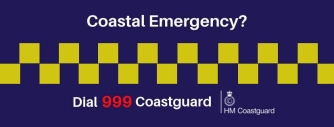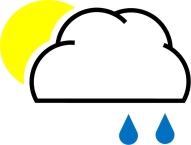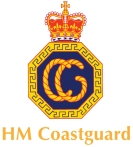

Beach Safe
Weather is unpredictable, changing tides can catch people out and storms can be deadly.
To keep yourself safe on the beach and in the water - just find out what to expect and adapt your plans to fit the conditions!

Beach Flags
Beaches which have life guards use a system of flags to tell you whether it is safe to go into the water. A red flag means danger - stay out of the water.



The Weather
To get up to date infomation on what the weather is going to do while you'e on the beach, check the Met Office.
Tides
Certain beaches, and some parts of beaches are inaccessible when the tide comes in and can leave you trapped. Check tide times before you decide where to be: www.tidetimes.co.uk

Calling for help
In case of emergency on the coast, call 999 and ask for the Coastguard.

Waves and swell
The height of waves can determine whether it is safe to swim, but also whether it is safe to stand on rocks or sea walls near th sea.
Swell, the height of rolling water farther out at sea, can impact on how safe it is to be on a boat or inflatable.
Swell and wave forecasts are detailed at www.magicseaweed.com

Sewage spills
Heavy rain can cause our sewerage system to overflow which can mean that untreated sewage is released into the sea. To check whether a beach is affected, visit Surfers Against Sewage
Or download the Safer Seas Service app.

Rip tides
Rip tides can occur in any weather so it is always worth checking for them should be planning to go into the water. This short video is a very useful explanation of what you should do if you find yourself in a rip:









